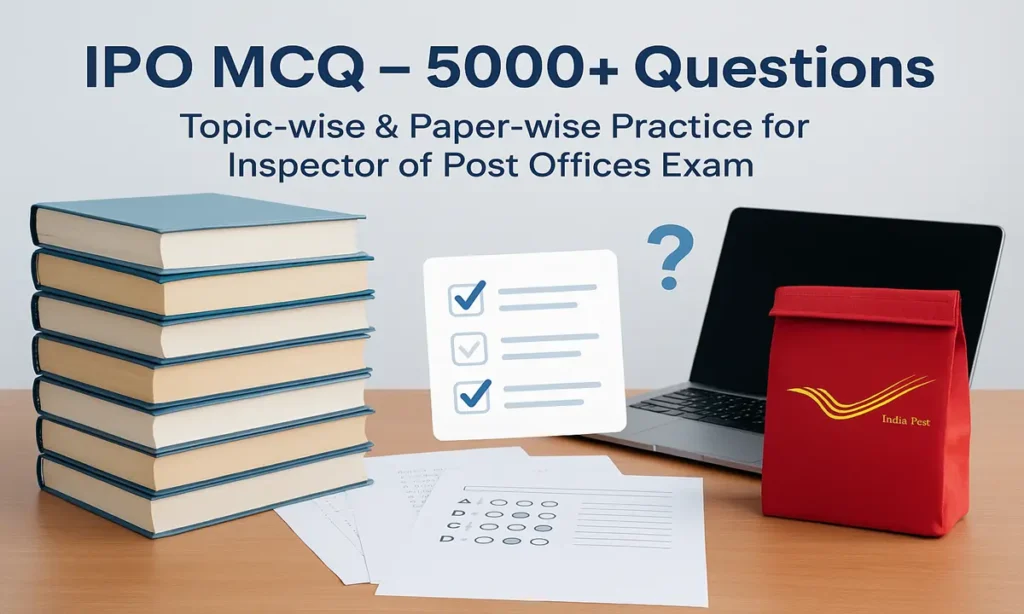1.When did the Right to Information (RTI) Act, 2005 come into force?
a) 1st January 2005
b) 15th June 2005
c) 12th October 2005
d) 1st January 2006
2.The Right to Information Act, 2005 was enacted in which year of the Republic of India?
a) 58th year
b) 56th year
c) 54th year
d) 60th year
3.The Right to Information Act, 2005 primarily aims to promote:
a) Economic growth
b) Transparency and accountability in public authorities
c) Corporate governance
d) National defense
4.What is the key purpose of the Right to Information Act?
a) To ensure public authorities have full control over the information
b) To promote transparency and control corruption
c) To restrict access to government data
d) To centralize all government information
5.Which of the following is NOT defined as “information” under the RTI Act?
a) Documents, records, emails, and reports
b) Materials held by public authorities
c) Personal correspondence not related to official matters
d) Data in physical or electronic form
6.Who has the authority to appoint the Chief Information Commissioner (CIC)?
a) The Prime Minister
b) The President of India
c) The Chief Justice of India
d) The Speaker of the House of People
7.What does “suo motu disclosure” refer to under the RTI Act?
a) Disclosure of information based on a citizen’s request
b) Voluntary publication of information by public authorities
c) Legal proceedings initiated against a public authority
d) Disclosure made after an RTI request is filed
8.The Central Information Commission (CIC) comprises of:
a) A Chief Information Commissioner and 5 Information Commissioners
b) A Chief Information Commissioner and 10 Information Commissioners
c) A Chief Information Commissioner only
d) A Chief Information Commissioner and 12 Information Commissioners
9.Under which section of the RTI Act are public authorities required to maintain records and ensure their accessibility?
a) Section 5
b) Section 4
c) Section 3
d) Section 7
10.How many days does a public authority have to respond to an RTI application under normal circumstances?
a) 7 days
b) 30 days
c) 60 days
d) 15 days
